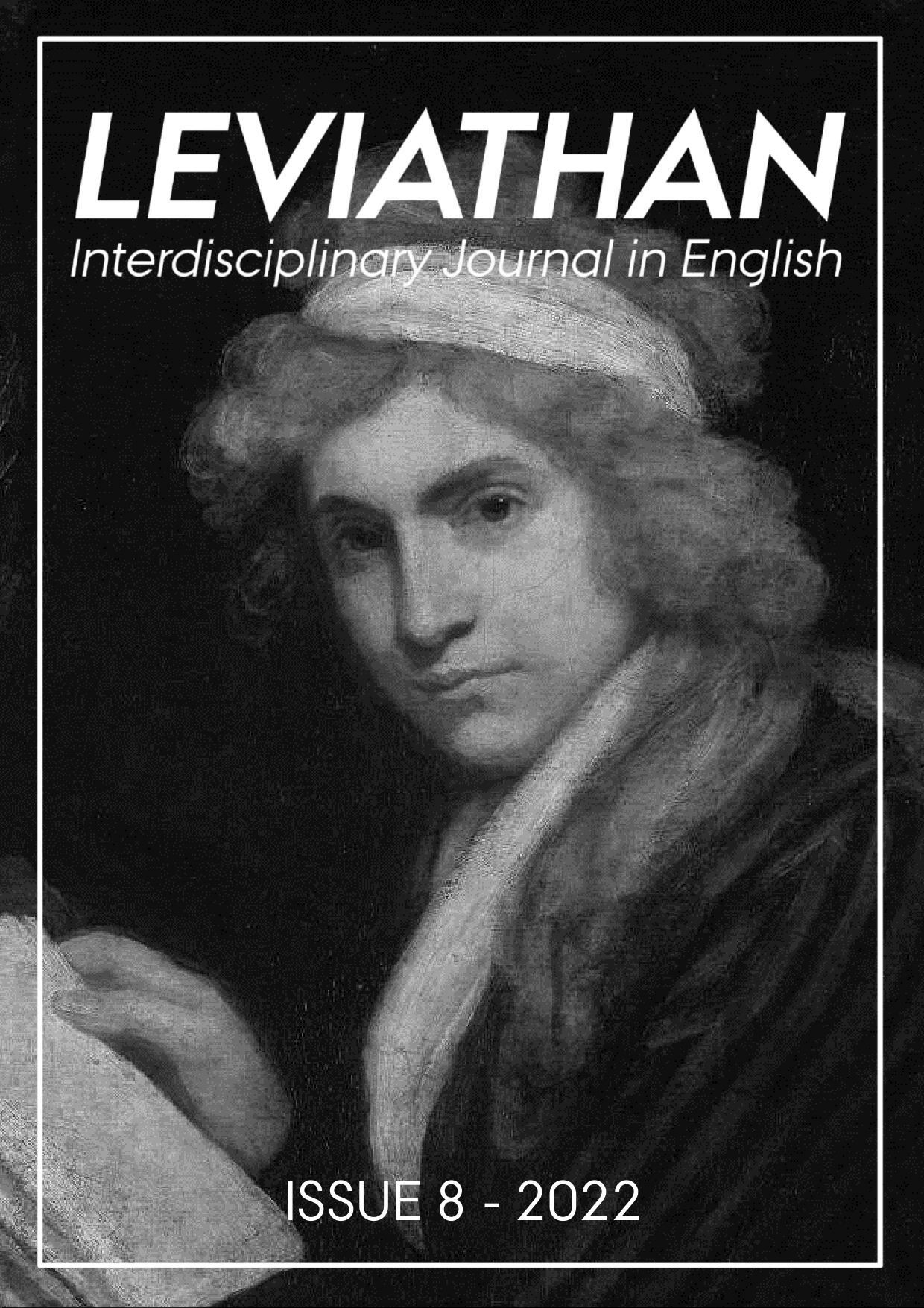Recentering the Rabbits
An Analysis of Animality and Anthropomorphism in Richard Adams’ Watership Down
DOI:
https://doi.org/10.7146/lev82022132077Keywords:
Watership Down, animal theory, creatureliness, vulnerability, anthropomorphism, Current Topics in Literature in EnglishAbstract
This paper responds to scholarly disagreement within literary animal studies as to whether anthropomorphism aids or hinders human-animal relations and cross-species understanding. Taking Richard Adams’ Watership Down as its case study, the paper argues that the novel retains an interest in portraying its animals as animals despite the heavy anthropomorphization of its animal characters. The analysis highlights four strategies that the novel employs for communicating an animal experience to a human reader: 1) A careful attention to the physicality of its rabbit characters, 2) the use of rabbit mythology to aid the reader in imagining a rabbit-centric worldview, 3) the framing of the entire text as a work of translation, which provides an in-fiction explanation for the occasional untranslatability between human and animal experiences, and 4) thematic exploration of animal vulnerability. The analysis leads to the conclusion that Watership Down successfully fosters a sense of human-animal empathy that calls attention to both commonalities and power imbalances between humans and animals.
References
Adams, Richard. Watership Down. Penguin, 1976.
Bennett, Jane. Vibrant Matter a Political Ecology of Things. Duke University Press, 2010, https://doi.org/10.1515/9780822391623.
Bridgeman, Joan. “The Significance of Myth in Watership Down.” Journal of the Fantastic in the Arts, vol. 6, no. 1, 1993, pp. 7–24.
Chapman, Edgar L. “The Shaman as Hero and Spiritual Leader: Richard Adams’ Mythmaking in Watership Down and Shardik.” Mythlore, vol 5, no. 2 (18), 1978, pp. 7-12.
Daston, Lorraine J., and Gregg. Mitman, eds. Thinking with Animals: New Perspectives on Anthropomorphism. Columbia University Press, 2005.
Deleuze, Gilles, and Félix Guattari. “Becoming-Animal.” The Animals Reader: the Essential Classic and Contemporary Writings, ed. Linda Kalof and Amy J. Fitzgerald, Berg, 2007, pp. 37-50
Hammond, Graham. “Trouble with Rabbits.” Children’s Literature in Education, vol. 4, no. 2-3, 1973, pp. 48–63.
Meyer, Charles A. “The Power of Myth and Rabbit Survival in Richard Adams’ Watership Down.” Journal of the Fantastic in the Arts, vol. 3, no. 3, 1994, pp. 139–150.
Miltner, Robert. “Watership Down: A Genre Study.” Journal of the Fantastic in the Arts, vol. 6, no. 1, 1993, pp. 63–70.
Nagel, Thomas. Mortal Questions. Cambridge University Press, 2019.
Payne, Mark Edward. The Animal Part: Human and Other Animals in the Poetic Imagination. The University of Chicago Press, 2015.
Peters, John G. “Saturnalia and Sanctuary: The Role of the Tale in Watership Down.” Journal of the Fantastic in the Arts, vol. 6, no. 1, 1993, pp. 51–62.
Pick, Anat. Creaturely Poetics: Animality and Vulnerability in Literature and Film. Columbia University Press, 2011.
---. “Vulnerability.” Critical Terms for Animal Studies, ed. Lori Gruen, University of Chicago Press, 2018, pp. 410-423.
Ryan, Derek. Animal Theory: A Critical Introduction. Edinburgh University Press, 2015.
Downloads
Published
How to Cite
Issue
Section
License
Copyright (c) 2022 Leviathan: Interdisciplinary Journal in English

This work is licensed under a Creative Commons Attribution-NonCommercial-NoDerivatives 4.0 International License.
Attribution-NonCommercial-NoDerivatives 4.0 International (CC BY-NC-ND 4.0)
You are free to share (copy and redistribute the material in any medium or format).
However:
You may not use the material for commercial purposes.
You must give appropriate credit, provide a link to the license, and indicate if changes were made. You may do so in any reasonable manner, but not in any way that suggests the licensor endorses you or your use.
If you remix, transform, or build upon the material, you may not distribute the modified material.
You may not apply legal terms or technological measures that legally restrict others from doing anything the license permits.





